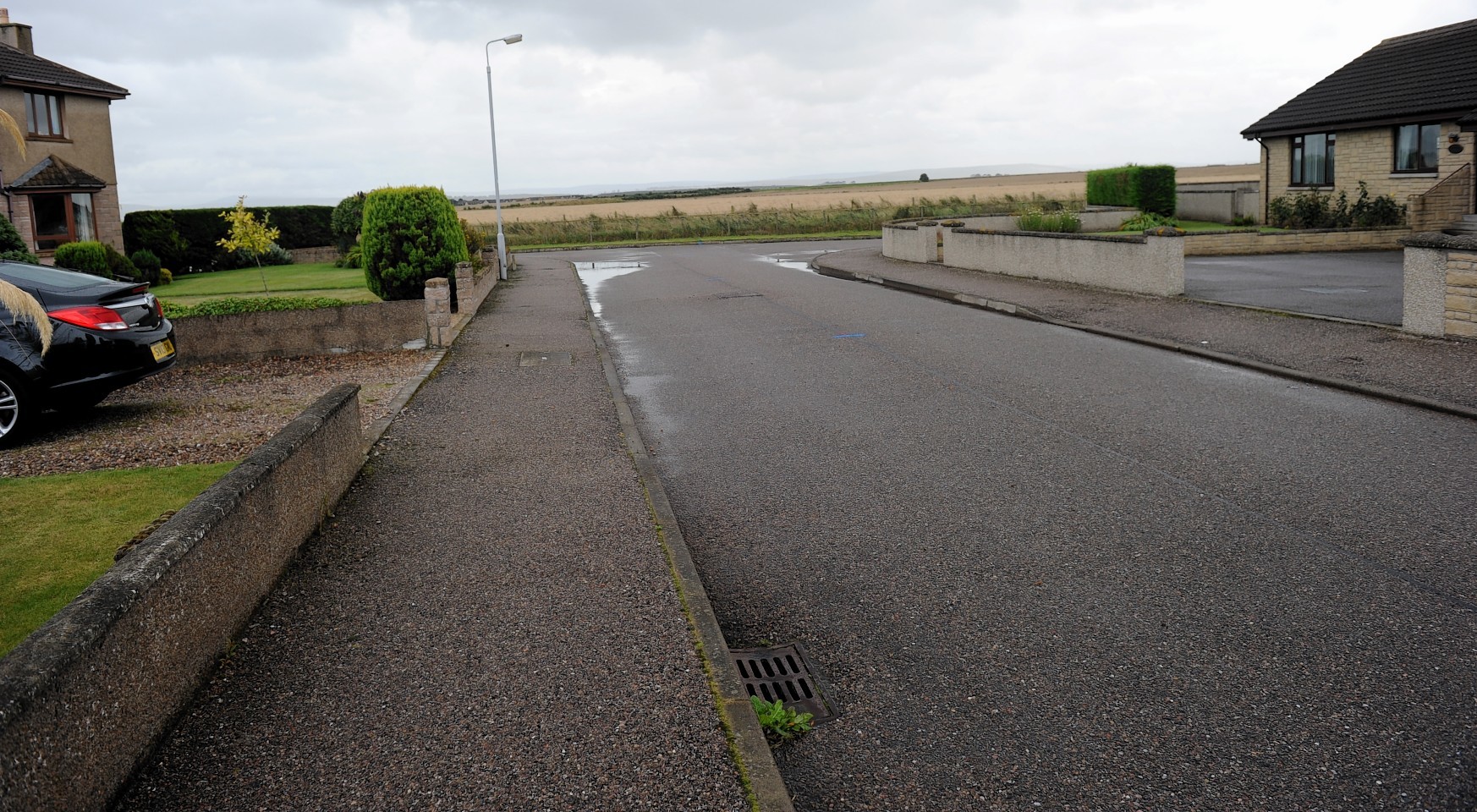Residents fighting plans for a new road as part of a proposed Lossiemouth housing development have claimed local councillors are “misinformed”.
Campaigners want Moray Council to reconsider its proposed local development plan amid concerns that approving the road will create congestion in a quiet area.
It comes after Tulloch of Cummingston lodged plans to build 278 homes and four retail units in the Fisher Place area of the town. It would be accessed by a new road in an area that is currently pedestrianised.
But the Stop the Bad Access group (Bad) claim the council’s decision to include the scheme in its local development plan will create congestion, and are questioning statements made by local councillors on the legalities of a new access route.
The group claim councillors John Cowe, Chris Tuke and Eric McGillivary wrongly stated that vehicular access from Sunbank and Kinneddar to Boyd Anderson Drive through Fisher Place and Halliman Way was required by law to comply with a Scottish Government policy document, Designing Streets.
However, Moray Council insists its councillors did not get the wrong advice, and that there is a legal requirement under planning legislation for it to be considered.
But John Hamilton, from Bad, said that in a letter, Minister for Local Government and Planning Derek Mckay had assured him that Designing Streets did not “set down requirements to alter existing layouts” or make “specific detailed design requirements.”
Mr Hamilton added: “We have written proof the councillors were misinformed. We are also concerned that Moray Council forwarded our complaints to the Reporter with minimal consideration.”
Fellow campaigner Gillian Priestly said there was “no support” for vehicular access to Boyd Anderson Drive, adding that paths and cycle routes would get better support.
Councillor Chris Tuke, chairman of the planning and regulatory services committee, said: “It’s like a lot of cases in planning — it’s very subjective.
“The Reporter will act as an independent judiciator. That’s the only way we can get a straight answer from the Scottish Government.”
A spokesman for Moray Council said: “The council’s planning process is transparent and fair. The government guidelines as they relate to Designing Streets are applied in accordance with planning law when an application is submitted. It is for developers to include access to developments that meet the requirements, and for planning officers and committees to decide on their merit.”
